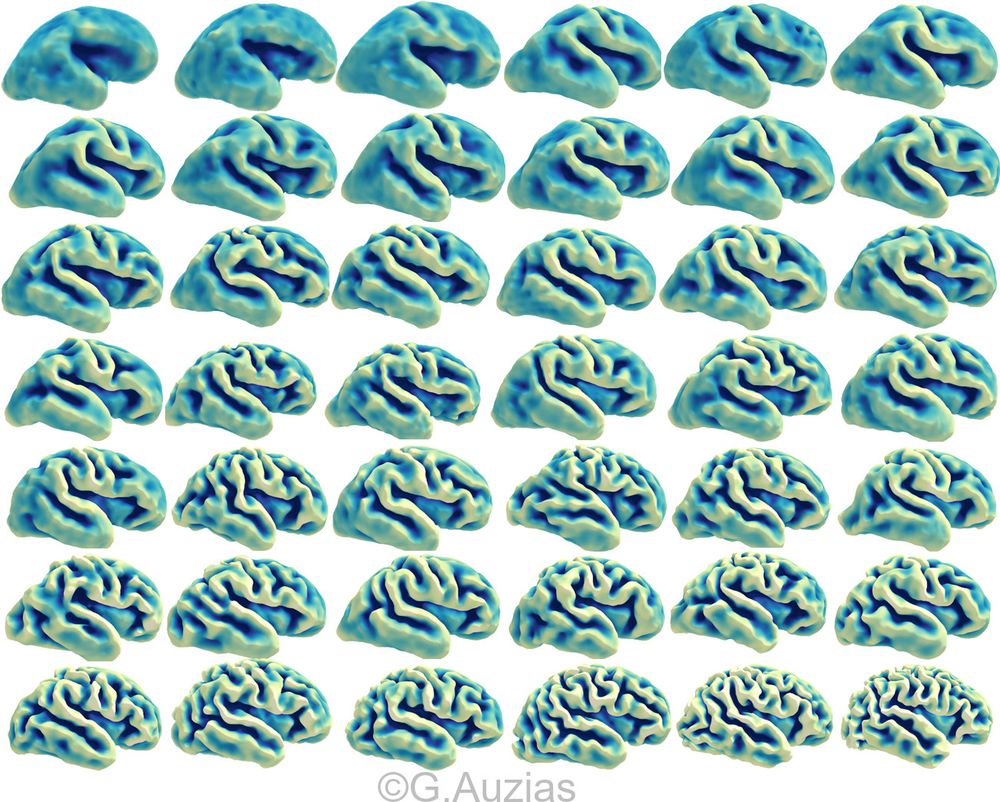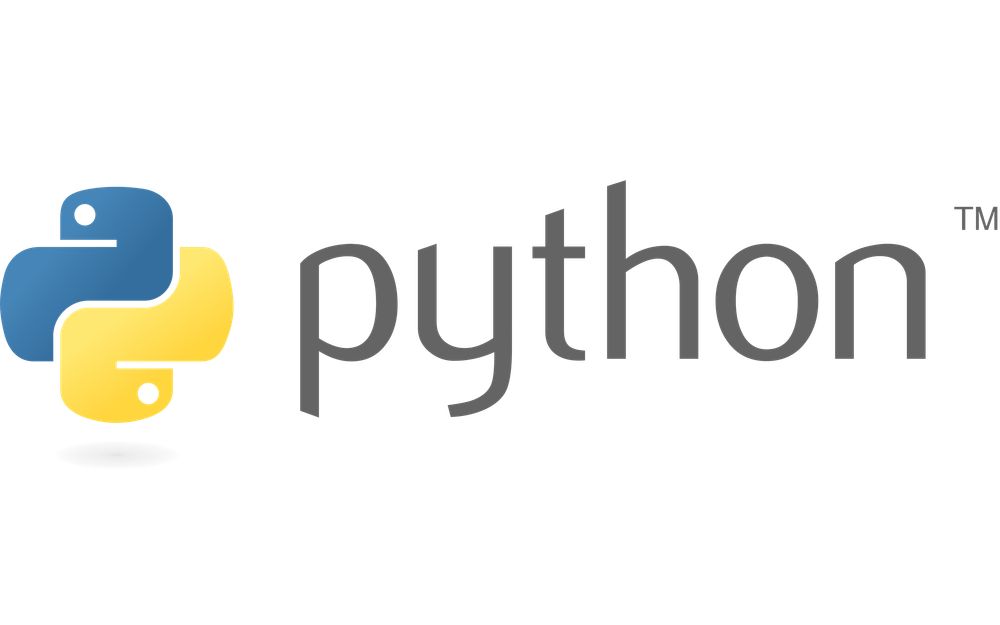Postdoctoral researcher CNRS, INT, Aix-Marseille with @brungio.bsky.social
Brain waves with MiEEG | Computational Modelling and ML | Auditory + Semantic | Consciousness | Methodologies for #openscience | heavy git user and all things FLOSS
he/any 🏳️🌈


having run an MEG pipeline by trial and error, I was doubting myself between all parameters. lectures on the analysis steps + hands-on application together were very helpful!
& seeing women on stage sharing what they're excited about just hits different ⭐️


having run an MEG pipeline by trial and error, I was doubting myself between all parameters. lectures on the analysis steps + hands-on application together were very helpful!
& seeing women on stage sharing what they're excited about just hits different ⭐️
#Decoding studies often rely on training in one (visual) condition and applying it to another (e.g. rest-reactivation). However: How well does this work? Show us what makes it work and win up to 1000$!
#Decoding studies often rely on training in one (visual) condition and applying it to another (e.g. rest-reactivation). However: How well does this work? Show us what makes it work and win up to 1000$!
Having such a great pin always helps too
#PracticalMEEG2025
Meet our Panther for Care crew 🐆 — here to ensure every participant enjoys a great scientific and social experience at #PracticalMEEG2025 next week!
We’re ready. We’re caring. We’re inclusive. 🌍

Having such a great pin always helps too
#PracticalMEEG2025
Join the PracticalMEEG keynote: "AI use in M/EEG analyses: How to be a (good) practitioner in the LLM era?" Pr. Sylvain Chevallier.
Today at 17:30 CET 🚀
Join via Zoom: us06web.zoom.us/j/8867768370...

Join the PracticalMEEG keynote: "AI use in M/EEG analyses: How to be a (good) practitioner in the LLM era?" Pr. Sylvain Chevallier.
Today at 17:30 CET 🚀
Join via Zoom: us06web.zoom.us/j/8867768370...
We compare humans and neural networks in a learning task, showing how training regime and task similarity interact to drive transfer or interference.
www.biorxiv.org/content/10.1...

We compare humans and neural networks in a learning task, showing how training regime and task similarity interact to drive transfer or interference.
www.biorxiv.org/content/10.1...
direct.mit.edu/imag/article...

direct.mit.edu/imag/article...
→ integrating first-person experiential data (e.g. micro-phenomenology) at dyadic level
→ with third-person data at the interpersonal, physiological level
→ formalized with modern computational frameworks (2/3)

→ integrating first-person experiential data (e.g. micro-phenomenology) at dyadic level
→ with third-person data at the interpersonal, physiological level
→ formalized with modern computational frameworks (2/3)
tinyurl.com/foldsOrganis...
tinyurl.com/foldingVaria...

tinyurl.com/foldsOrganis...
tinyurl.com/foldingVaria...
Don't miss this chance: The ILCB is offering 1 postdoc position (2 years) in Language, Communication & the Brain.
🗓️ Deadline: May 20, 2025
👉 Apply now: www.ilcb.fr/postdoc-call/
#PostdocOpportunity #CognitiveScience #Neuroscience #LanguageResearch #ScienceJobs #AcademicJobs

Don't miss this chance: The ILCB is offering 1 postdoc position (2 years) in Language, Communication & the Brain.
🗓️ Deadline: May 20, 2025
👉 Apply now: www.ilcb.fr/postdoc-call/
#PostdocOpportunity #CognitiveScience #Neuroscience #LanguageResearch #ScienceJobs #AcademicJobs
www.nature.com/articles/s41...

www.nature.com/articles/s41...
Turns out: yes!
Thrilled to share our latest preprint where we used FunSearch to automatically discover symbolic cognitive models of behavior.
1/12

Turns out: yes!
Thrilled to share our latest preprint where we used FunSearch to automatically discover symbolic cognitive models of behavior.
1/12
CUBRIC team. Paper by Carolyn McNabb et al: doi.org/10.1038/s415...
CUBRIC team. Paper by Carolyn McNabb et al: doi.org/10.1038/s415...
Yesterday's 1.5 hours tutorial on Pavlovia was everything you need to start in no time.
Thanks @hirstrj.bsky.social and @psychopy.bsky.social
🧠 Dec 2nd: Intro to PsychoPy Builder
🌐 Dec 4th: Online research with Pavlovia
👩💻 Dec 5th: Extending Builder with Code Snippets
🐍 Dec 6th: Coding an Experiment in Python
👁️ Dec 9th: Intro to Eye tracking

Yesterday's 1.5 hours tutorial on Pavlovia was everything you need to start in no time.
Thanks @hirstrj.bsky.social and @psychopy.bsky.social
A Place of Joy.

w/ @aschmid.bsky.social S.Kaplan @cibaker.bsky.social D.Kravitz🧵

w/ @aschmid.bsky.social S.Kaplan @cibaker.bsky.social D.Kravitz🧵
Here is the link to the paper 🌐
Documentation with theoretical background about the metrics and some useful examples here
brainets.github.io/hoi/
Have fun🛝
And give us feedback
Here is the link to the paper 🌐
Documentation with theoretical background about the metrics and some useful examples here
brainets.github.io/hoi/
Have fun🛝
And give us feedback
joss.theoj.org/papers/10.21...

joss.theoj.org/papers/10.21...


W/ Sofia Carozza (not a twit) & @danakarca.bsky.social, in PNAS
The adaptive stochasticity hypothesis shorturl.at/clz02 Bottom line: heightened stochasticity makes brains robust to random/targeted attacks, but more often results in non-normative phenotypes
Mini thread below!

W/ Sofia Carozza (not a twit) & @danakarca.bsky.social, in PNAS
The adaptive stochasticity hypothesis shorturl.at/clz02 Bottom line: heightened stochasticity makes brains robust to random/targeted attacks, but more often results in non-normative phenotypes
Mini thread below!
Paper: doi.org/10.1016/j.bs...
#neuroskyence #compneurosky #neuroimaging #EEG
🧵 ⤵️

Paper: doi.org/10.1016/j.bs...
#neuroskyence #compneurosky #neuroimaging #EEG
🧵 ⤵️


